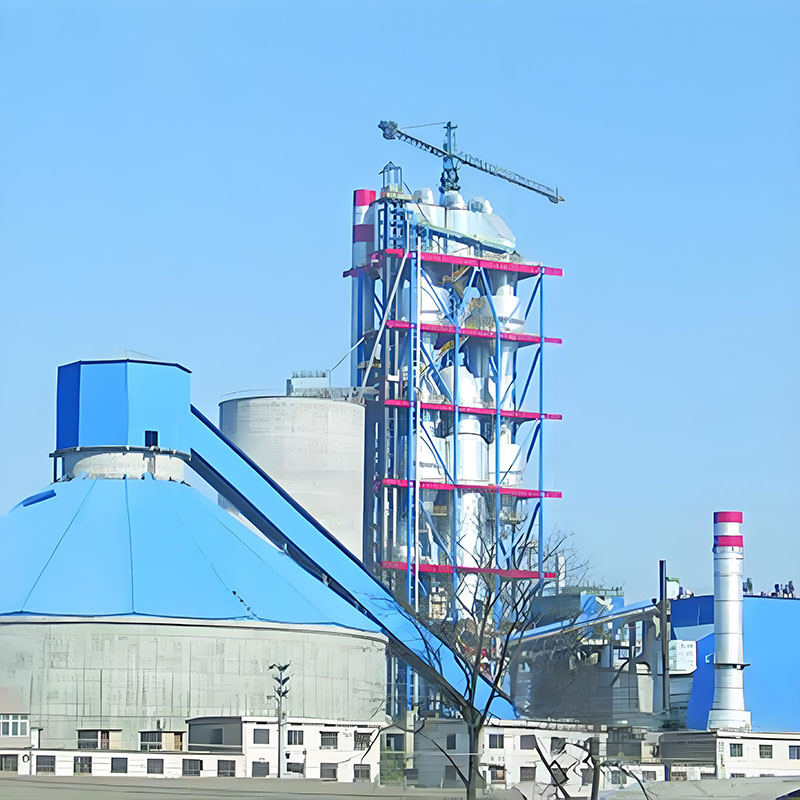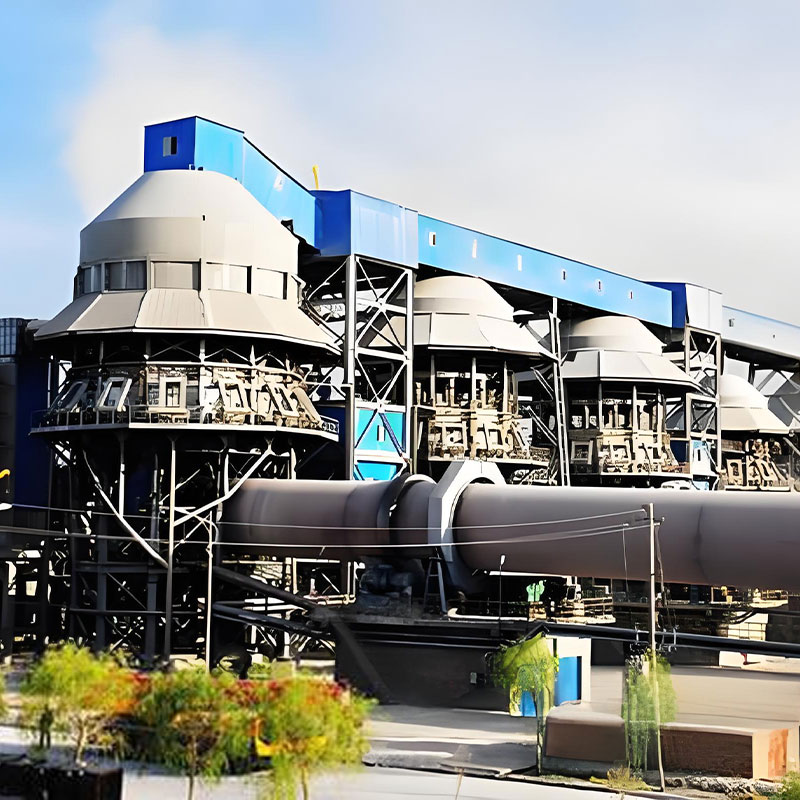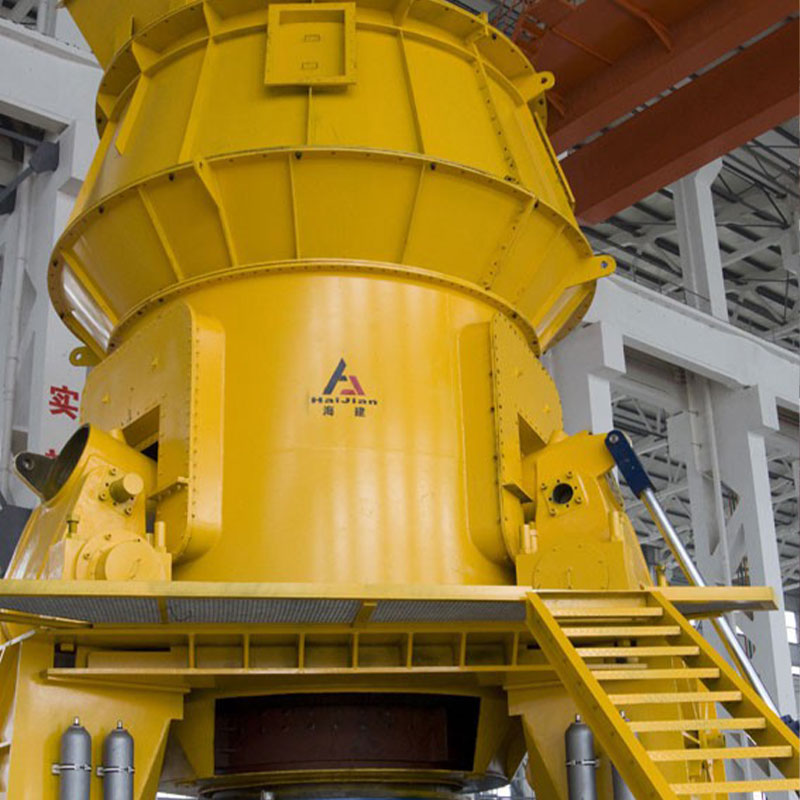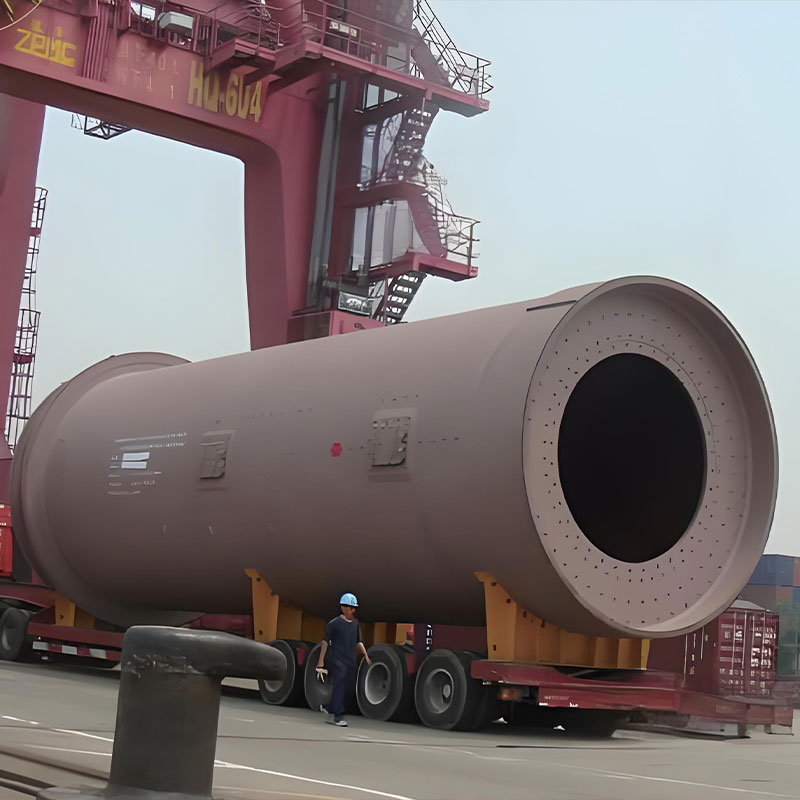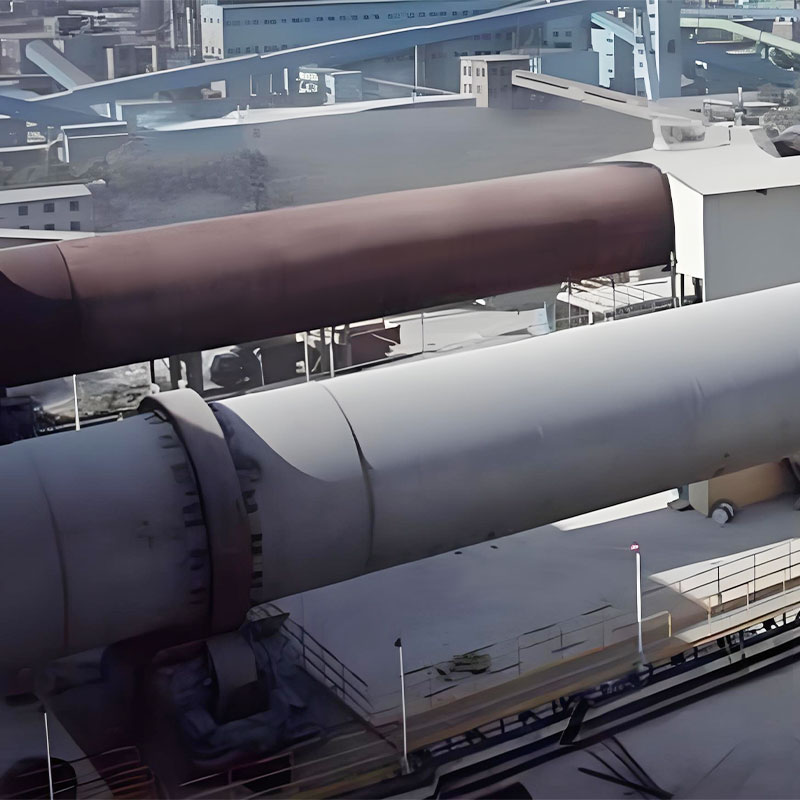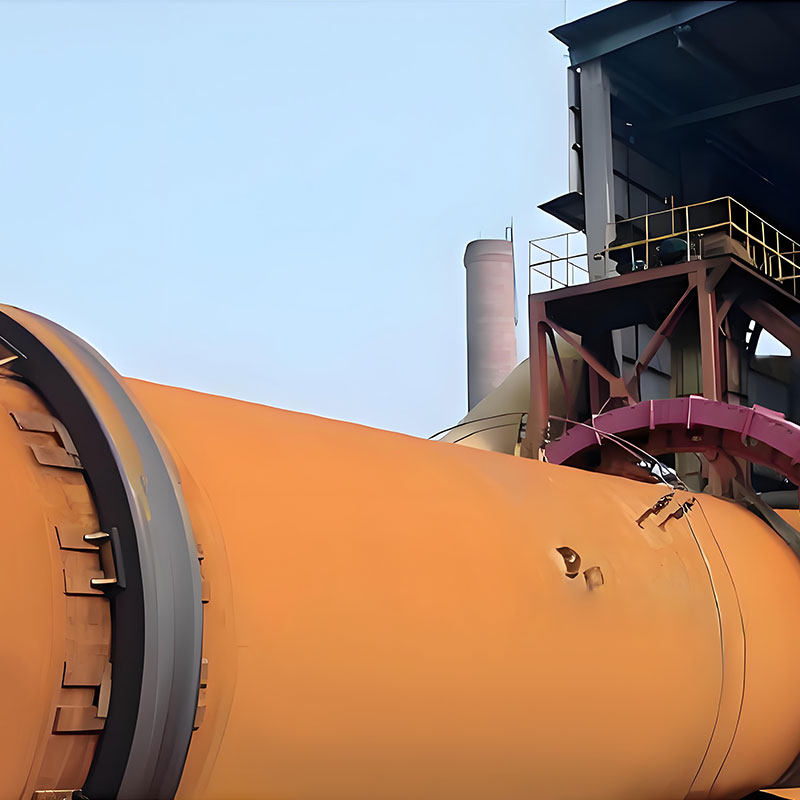What is a mobile crushing station used for?
Mobile crushing station is a flexible and movable equipment for crushing ore and construction waste, which integrates feeding, crushing, screening, conveying and other functions. It is mainly used in mining, construction, road construction and other fields. Mobile crushing station can realize on-site crushing of materials, reduce transportation costs and improve work efficiency.
Content
1. Functions of mobile crushing station
(1) On-site crushing, reducing transportation costs
Direct processing of raw materials: crushing materials (such as rocks, concrete, asphalt) on-site at mining sites and construction sites, avoiding transporting large pieces of materials to fixed crushing lines, saving transportation costs.
Applicable to remote areas: in areas with inconvenient transportation such as mines or mountainous areas, mobile crushing stations can be quickly deployed to reduce logistics dependence.
(2) Flexible transfer, adaptable to multiple scenarios
Built-in tire or crawler chassis: can be quickly moved to different work sites (such as building demolition sites, between multiple mines), without the need to repeatedly install fixed equipment.
Shortening project cycle: especially suitable for short-term projects (such as temporary construction waste treatment, road reconstruction).
(3) Integrated multi-stage crushing and screening
Joint operation: Some models integrate jaw crusher + cone crusher + screening machine to complete coarse crushing, medium crushing and screening at one time, and produce finished materials of different specifications (such as gravel, sand).
Closed-circuit circulation system: A return belt can be configured to return substandard materials to the crusher for secondary processing, thereby improving utilization rate.
(4) Environmental protection and resource recycling
Construction waste recycling: Crushing concrete, bricks, etc. to generate recycled aggregates for new projects, reducing waste landfill.
Dust and noise reduction design: Equipped with a spray system and soundproof cover to meet environmental protection construction requirements.
2. Typical application scenarios
| Industries | Application Scenarios |
| Mining | Primary crushing of metal ores such as gold and iron ore, or non-metallic ores such as limestone, replacing traditional fixed crushing lines |
| Building Demolition | On-site crushing of concrete and reinforced concrete to generate recycled aggregate for road base or new construction |
| Road Construction | Crushing roadbed materials for direct basement paving during highway and railway construction |
| Sand and Gravel Aggregate Production | Mobile sand production in river channels or quarries, with flexible adjustment of output particle size (0-5mm, 5-10mm, etc.) |
| Post-Disaster Reconstruction | Rapidly dispose of debris after earthquakes and typhoons, realizing resource utilization |
3. Precautions for using mobile crushing station
(1). Equipment installation and commissioning
1) Site selection
Ground flatness: Ensure that the working ground is solid and flat to prevent the equipment from tilting or sinking (for crawler type, pay attention to soft ground).
Space requirements: Reserve sufficient space for operation and maintenance to ensure that there are no obstacles after the equipment is deployed.
Environmental compliance: When near residential areas, dust reduction and noise reduction measures (such as spray systems and sound insulation baffles) must be equipped.
2) Equipment fixationTire type
Use outriggers or pads to stabilize and prevent movement during operation.
Crawler type: When working on a slope, it must be adjusted to a horizontal state and anti-skid devices must be installed if necessary.
3) Trial run inspection
Run the machine without load for 10-15 minutes and check whether the motor, belt, bearing and other components have abnormal vibration or abnormal noise. Confirm that there is no leakage in the hydraulic system and that there is sufficient oil in each lubrication point.
(2) Operating Specifications
1) Feeding Control
Uniform feeding: Avoid feeding too much material at one time, which may cause blockage or overload (especially wet and sticky materials).
No metal foreign matter: Hard objects such as iron blocks and steel bars may damage the rotor or screen, and need to be removed in advance with an iron remover.
2) Parameter Adjustment
Adjust the crusher discharge port or screen size according to the material hardness (such as granite, limestone) and the required particle size. Regularly check the wear of vulnerable parts such as hammer heads and jaw plates and replace them in time.
3) Safety Protection
Personnel protection: Operators must wear protective equipment such as safety helmets and earplugs and stay away from the moving parts of the equipment.
Emergency Stop: Immediately stop and check when the equipment is abnormal (such as abnormal noise, overheating). It is strictly forbidden to operate with faults.
News Category
Recommended Products
It is focused on the overall solution of dry bulk material port transfer system,
research and development, manufacturing, and service
- Product Category
- >Cement production line
- >Environment protection
- >Metallurgical and mining equipment
- >Pressure Vessel
- Quick Links
- >Products
- >Company
- >Equipments
- >Solutions
- >Services
- >News
- >Contact
- Contact us
-
-
 Call us for support+86 13584702563
Call us for support+86 13584702563 -
 Call us for supporthaijian@haijianstock.com
Call us for supporthaijian@haijianstock.com -
 No. 198, Shuanglou Road, Qutang Town, Haian County, Jiangsu Province
No. 198, Shuanglou Road, Qutang Town, Haian County, Jiangsu Province
-


 English
English  русский
русский  Español
Español 